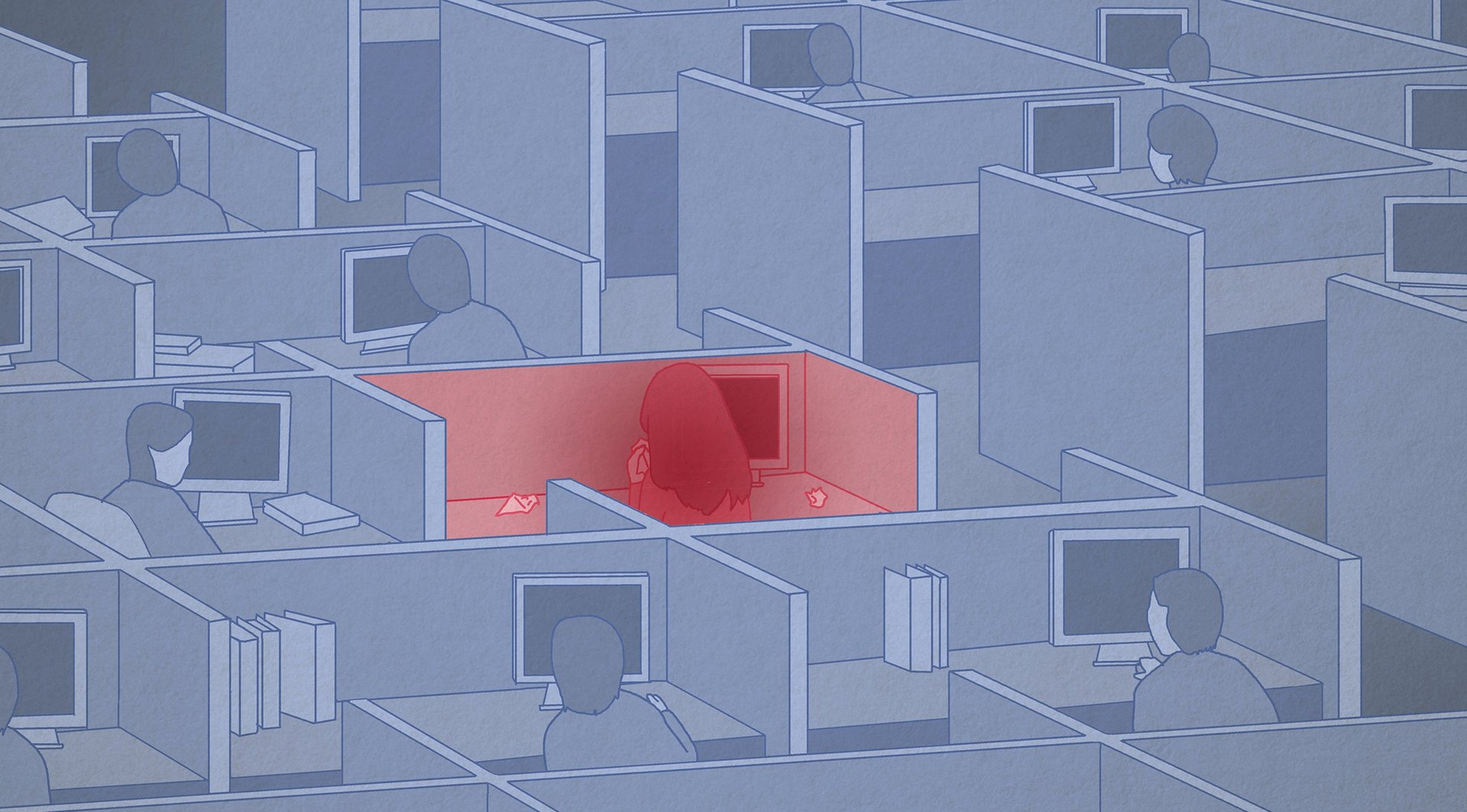The painful, hidden hell that awaits mothers who return to work two weeks after giving birth
According to a recent report from In These Times, nearly one in four employed mothers return to work within two weeks of giving birth due to economic necessity. On the surface, this fact may seem unfortunate, unjust even. But anyone who has ever given birth knows that a new mother’s body two weeks after popping out a tiny human is in no shape, physically, to return to work.


According to a recent report from In These Times, nearly one in four employed mothers return to work within two weeks of giving birth due to economic necessity. On the surface, this fact may seem unfortunate, unjust even. But anyone who has ever given birth knows that a new mother’s body two weeks after popping out a tiny human is in no shape, physically, to return to work.
If you haven’t given birth, that’s fine, please allow me to paint you a not-so-pretty picture. (Warning: If you have a weak constitution or are easily offended by the word “vagina,” you might want to skip to the end.)
Let me begin with this caveat: I’ve given birth twice, vaginally. And both times were smooth, relatively quick and free of complications. Even still, those first weeks following delivery are horrifying and I can’t even begin to imagine how traumatic they are for women who experience complications or deliver via surgery. (The very common caesarean section, or C-section, requires surgical incisions made through the skin, subcutaneous fat, muscle and uterus. Ouch.).
For starters, there’s your vagina. If you didn’t tear, congratulations. If you did, I feel your pain. I had a second-degree tear both times, which meant stitches in the outermost layer of my vagina, as well as the muscles underneath. For the record, there are four degrees of perineal tears, with first-degree tears requiring few or no stitches and fourth-degree tears sounding like something out of a horror flick. In the grand scheme of things, I suppose I got off lightly.
If you’ve ever had stitches you know they hurt. But imagine them in a region that is constantly in use. Every time you sit, it kills. Going to the bathroom is a special kind of hell. You’re not even allowed to wipe yourself for several days after delivery. Instead, you’re given a glorified squirt bottle and told to pat yourself dry. (Pro-tip: use the squirt bottle while you pee, not just after; it eases the stinging as you go).
But the pain “down there” doesn’t end with stitches and tears. It feels like you’ve been kicked in the crotch 8.5 million times by a linebacker. You’re swollen and extremely tender—though I suppose that’s to be expected since you’ve just pushed a human being through a very small opening. Your doctor may even recommend sitting on ice packs to reduce swelling those first days.
And then there’s the blood. So. Much. Blood. Technically called lochia, you will lose this bloody discharge for weeks. In my case, it took six weeks. It’s like having the world’s longest, heaviest period. You can kiss wearing nice underwear or clothes goodbye for now. Meanwhile breast engorgement can be nearly as agonizing as peeing through stitches—mine felt like they were on fire. If you are breastfeeding and happen to have a baby who latches on like a barracuda (shout-out to both my babies), your nipples will bear the brunt of their labors. Plus, breastfeeding triggers afterbirth cramps that can range in intensity from period-like pain to intense, catch-your-breath waves of pain.
In short, your body feels like it’s been put through a meat grinder and your brain has become spaghetti from lack of sleep.
Now let’s revisit that first stat and the idea that 25% of mothers feel compelled to return to work with their bodies literally baring gaping wounds.
The United States is unique in its refusal to guarantee paid family leave; it is the only industrialized nation that doesn’t mandate paid maternity leave. While private corporations like Johnson & Johnson, Adobe, and Netflix, among others, are getting on board with paid family leave, the same can’t be said for the federal government.
Not having a mandated federal leave policy isn’t just hazardous to new mothers’ health and well-being, however, it has financial consequences. Yes, we currently have the Family and Medical Leave Act (FMLA), which guarantees workers the right to take up to 12 weeks of unpaid leave without losing their jobs, but it is completely inadequate. Moms are now the primary breadwinners in around 40% of homes; it’s unlikely all of them can afford to go one month, let alone three, without pay. Besides, the FMLA has a number of restrictions that leave 40% of workers ineligible.
Without paid leave, primary caregivers of young children—most often women—are forced to choose between work and their families. As In These Times highlights, when mothers drop out of the workforce to care for their children, they risk long-term professional disadvantages and lifetime earnings. In turn, unemployment and poverty rates among women and children increase.
What’s more, we know this lack of access to paid leave disproportionately affects low-wage workers (the majority of whom are women) and women of color. With this in mind, it’s hard not to argue that denying new mothers paid leave is another form of discrimination writ large.
For a nation that prides itself on so-called family values, the US has a long way to go in terms of actually supporting its all American families. Guaranteeing paid leave is certainly a step in the right direction. You shouldn’t have to have experienced the physical scars of childbirth to understand why mothers need time to heal.